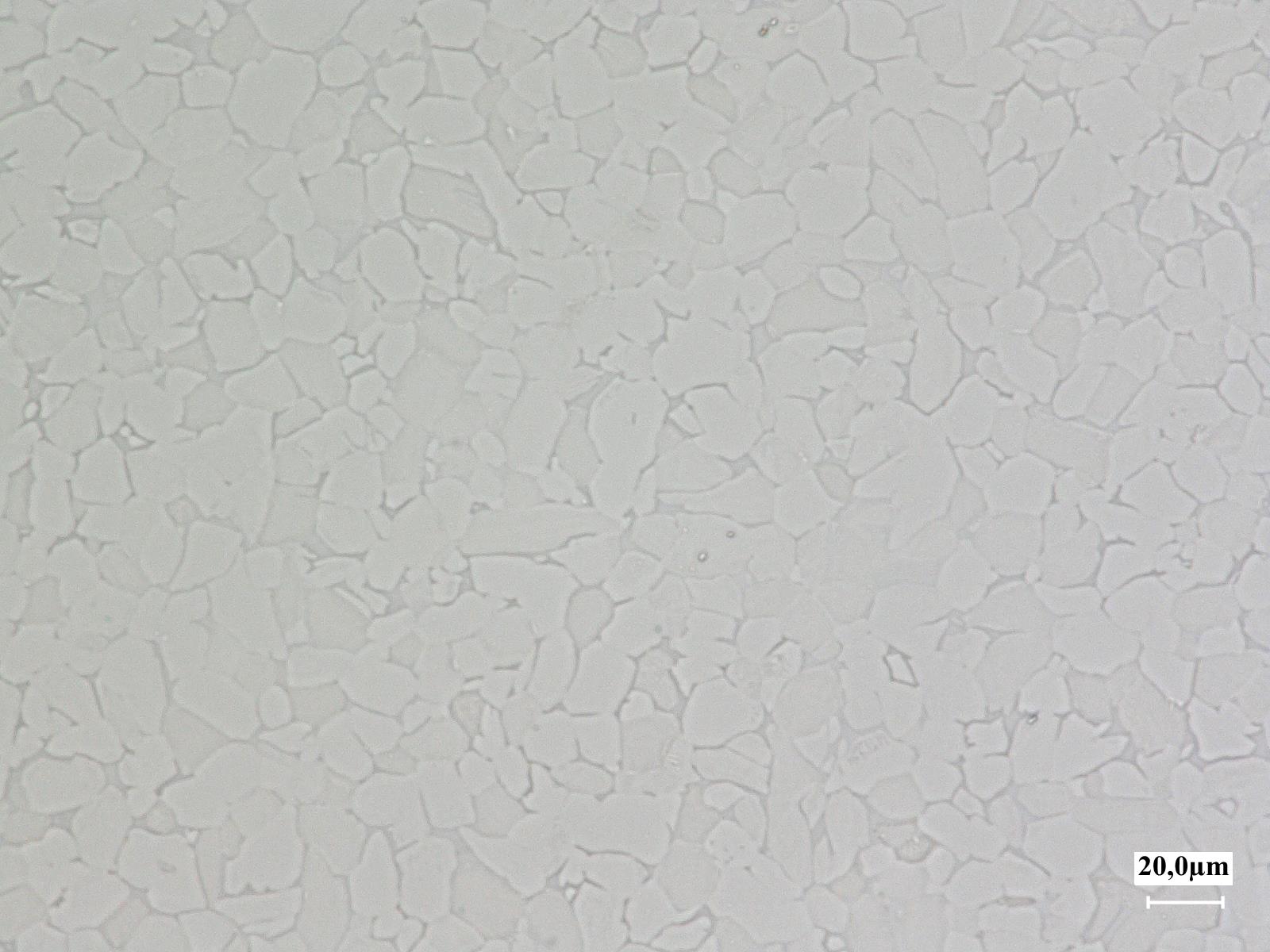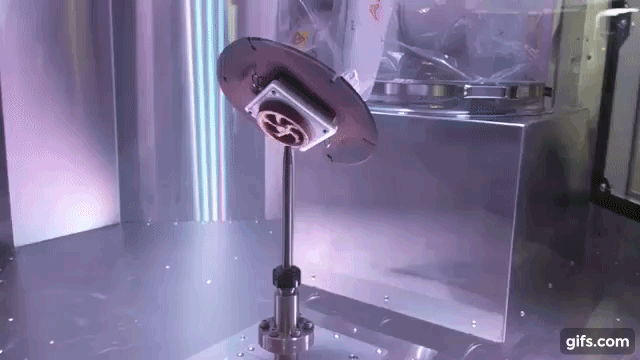Impact Innovations, a German-based leader in industrial cold spray systems, has developed a cold spray additive manufacturing process for Ti-6Al-4V which uses nitrogen gas as a propellant.
Ti-6Al-4V is considered a particularly challenging material to use within cold spray deposition processes due to the material’s high critical velocities, which tend to result in cold spray deposits higher than three percent.
However, Impact Innovations’ new method has achieved porosity levels lower than 0.2 percent while the final mechanical properties of the material exceed the requirements laid out by ASTM F3001, ISO 5832-3, and AMS 4930 standards.

Cold spray additive manufacturing
Cold spray is a material deposition process involving the acceleration of solid powder particles using a supersonic gas jet. Particles are fired at a speed four times that of sound through a nozzle onto a substrate. When the particles hit the substrate layer, they behave as a liquid, cooling and forming an atomic bond with it.
In contrast to additive manufacturing technologies such as laser, electron beam, or wire-arc processes, cold spraying does not require high temperatures. This removes the need for a protective atmosphere during the printing process and eliminates the impact of thermal residual stresses on the end part.
Cold spray additive manufacturing has been developed for some time by the likes of GE, whose technology was used by engineers at GE Aviation Firm Avio Aero to repair a gearbox on its GE90 engine, and SPEE3D, which commercialized its cold spray technology in the form of its LightSPEE3D 3D printer.
In 2018, scientists at the National Research Council of Canada (NRC) created high-performance magnets for electric motors using a cold spray technique, and a year later introduced a new initiative exploring further research, development, and adoption of cold spray additive manufacturing. Elsewhere, the US Army has awarded several universities funding to develop new materials and ways of processing them for suitability with cold spray technologies, for both research purposes and for the battlefield.
Most recently, researchers from MIT and Cornell University investigated a cold spray technique involving Ti64 powder, through which they found cold spraying the material could result in mechanical properties superior to those of other laser-based 3D printing techniques.

Cold spraying Ti-6Al-4V
Ti-6Al-4V is an alloy typically used in marine and defense applications such as aerospace structural parts, gas turbine components, and biomedical prostheses. Previously, the material has been challenging to print via cold spray deposition due to the need to overcome the material’s high critical velocities during the deposition process, which can lead to a high level of porosity within the printed material.
To this end, Impact Innovations has developed a novel method that combines its cold spray hardware, process parameters, and post treatment technology to successfully cold spray Ti-6Al-4V with porosity levels below 0.2 percent. The process uses nitrogen as a propelling gas, and according to the firm its technology is particularly useful for the manufacture of large parts, which is currently challenging for currently available powder bed fusion (PBF) based 3D printing processes due to equipment size limitations or the need for a protective atmosphere.
The cold spraying technique operates at a temperature far below that of titanium’s melting point, instead utilizing kinetic energy as the primary energy source to give the jetted material just enough energy to fuse with the substrate. Through this, residual stresses such as warping, cracking, and distortion sometimes resulting from high-temperature 3D printing, can be avoided altogether.
Subscribe to the 3D Printing Industry newsletter for the latest news in additive manufacturing. You can also stay connected by following us on Twitter and liking us on Facebook.
Be sure to subscribe to the Another Dimension podcast on your chosen podcast player to make sure you never miss an episode.
Looking for a career in additive manufacturing? Visit 3D Printing Jobs for a selection of roles in the industry.
Featured image shows a cross section of Impact Innovations’ cold sprayed Ti-6Al-4V alloy. Image via Impact Innovations.


